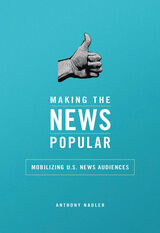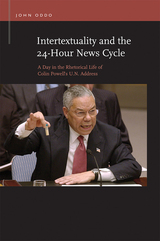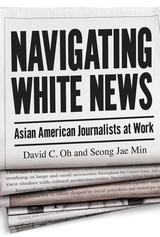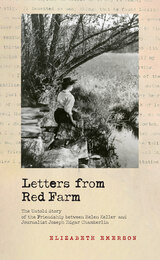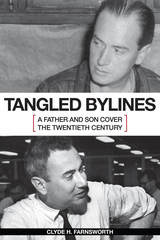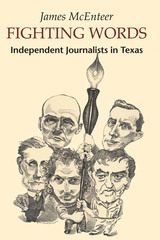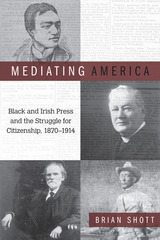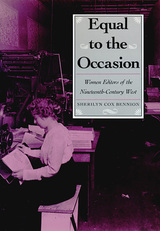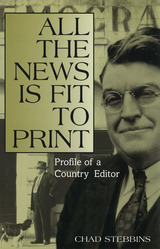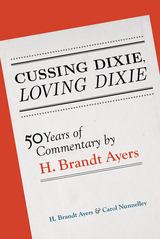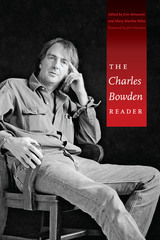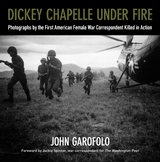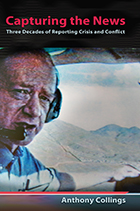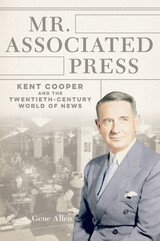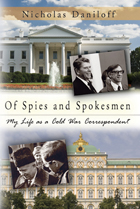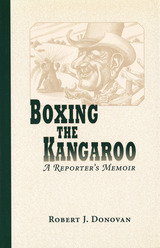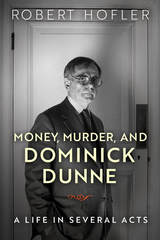eISBN: 978-0-252-05647-5 | Paper: 978-0-252-07556-8 | Cloth: 978-0-252-03354-4
Library of Congress Classification PN4872.W47 2008
Dewey Decimal Classification 071.3082
Whitt explores the lives of women reporters who achieved significant historical recognition, such as Ida Tarbell and Ida Wells-Barnett. Investigating the often blurry boundary between journalism and literature, she explains how this fluid distinction has actually limited how many scholars perceive the contributions of authors such as Joan Didion and Susan Orlean. Whitt also highlights the work of important novelists, including Willa Cather, Katherine Anne Porter, and Eudora Welty, to shed light on how their work as journalists informed their highly successful fiction.
This study also offers a survey of contributions women have made to the alternative presses, including the environmental press and civil rights activism. Whitt examines important figures in the early feminist press such as Caroline Churchill, editor and reporter for Denver’s Queen Bee, and Betty Wilkins of Kansas City’s Call. Finally, through newsletters, newspapers, magazines, and journals, she traces the history of the lesbian press and points out the ways in which it indicates that the alternative press is thriving.
See other books on: American Journalism | Journalism | New History | Women in journalism | Women journalists
See other titles from University of Illinois Press
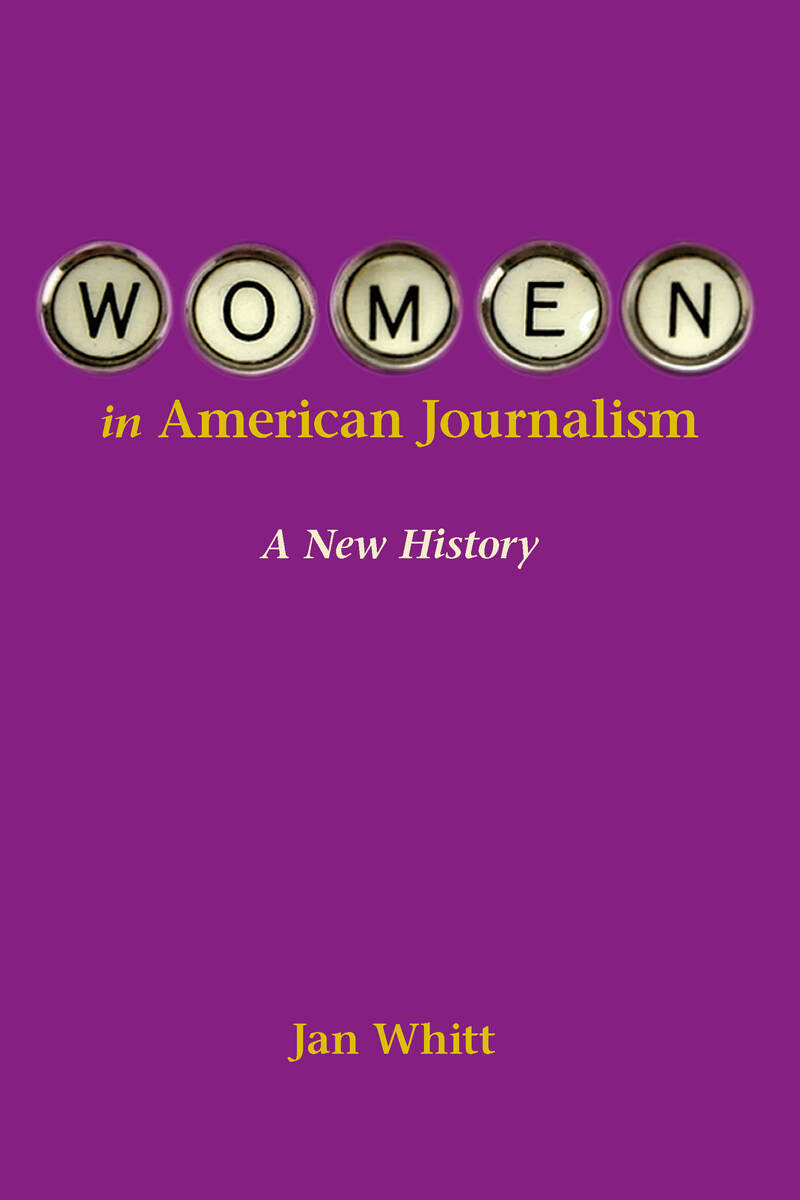
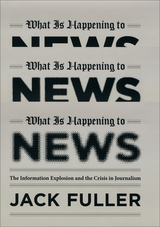
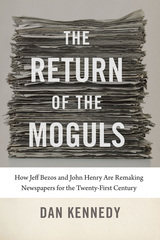
![The Vanishing Newspaper [2nd Ed]: Saving Journalism in the Information Age](https://www.bibliovault.org/thumbs/978-0-8262-1858-2-thumb.jpg)
